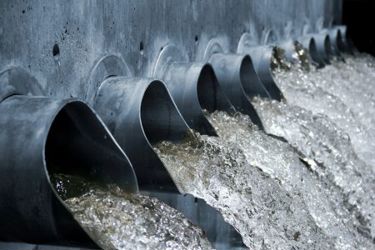The Role Of Ozone In Municipal Water Treatment

Municipal water treatment plays a critical role in delivering clean, safe drinking water to communities, and ozone treatment technology has emerged as a groundbreaking solution in this field. Since its introduction in 1904, ozone, a powerful oxidant and sanitizer, has outperformed traditional methods like chlorine by offering superior efficiency and safety. Unlike chlorine, ozone does not introduce harmful chemicals or produce toxic byproducts such as trihalomethanes (THMs), making it an environmentally friendly and health-conscious choice.
Municipalities face rising demands for higher water quality, improved efficiency, and reduced environmental impact. Ozone addresses these challenges by effectively eliminating contaminants, including dissolved organic carbon, hydrogen sulfide, and color, while enhancing operational efficiency. Its ability to cut chemical reliance and lower energy consumption translates to significant cost savings and sustainability benefits.
Pinnacle Ozone Solutions leads the industry in advanced ozone systems, offering modular designs with 99.9% uptime and minimal maintenance. Their cutting-edge technology allows municipalities to expand water treatment capacity by up to 60% while reducing operating costs by 20%. Success stories, such as the North Burleigh Water Treatment Plant and Sanford, Florida, highlight ozone’s transformative potential, with notable improvements in water quality and production efficiency.
Get unlimited access to:
Enter your credentials below to log in. Not yet a member of Water Online? Subscribe today.
